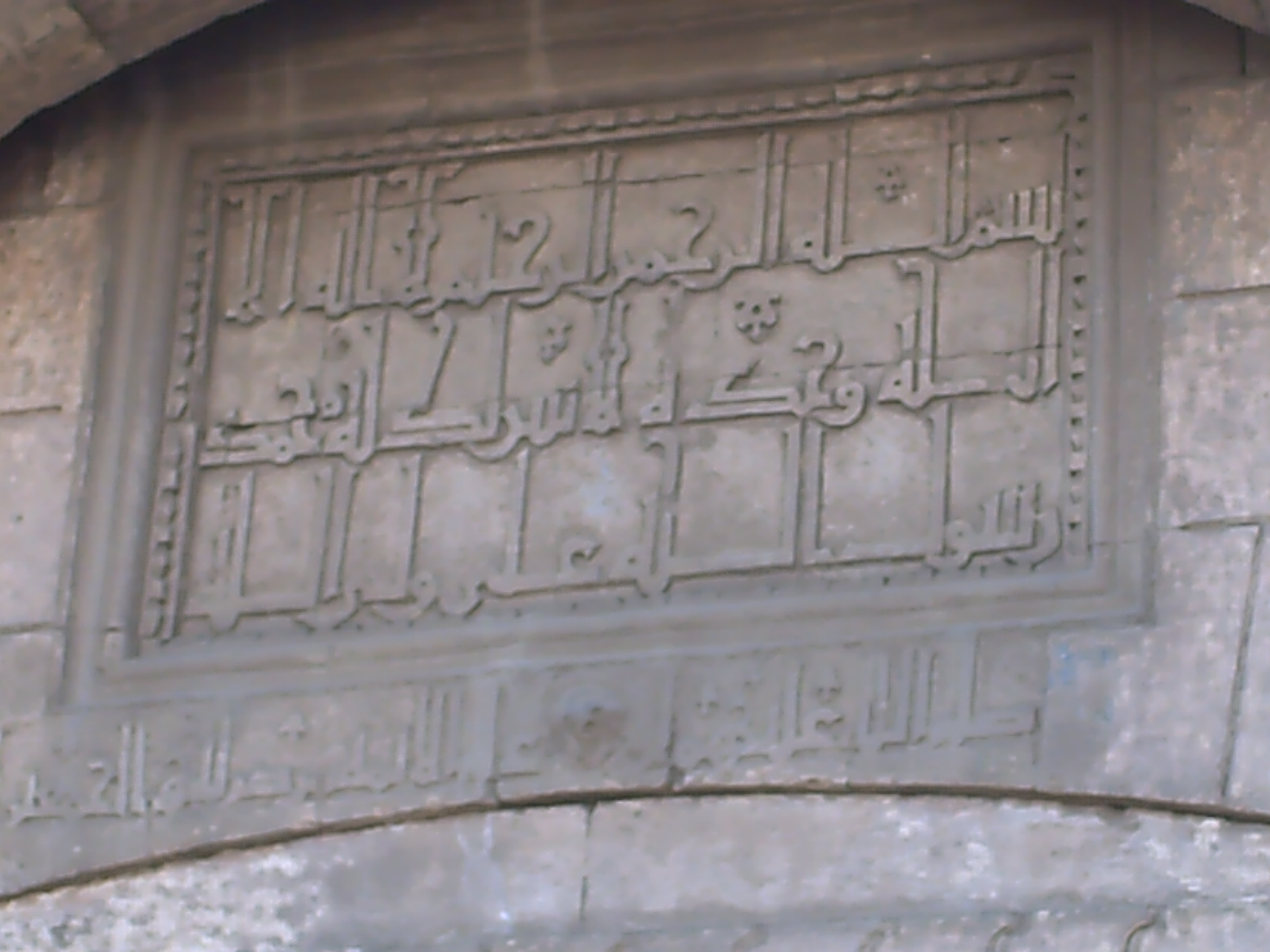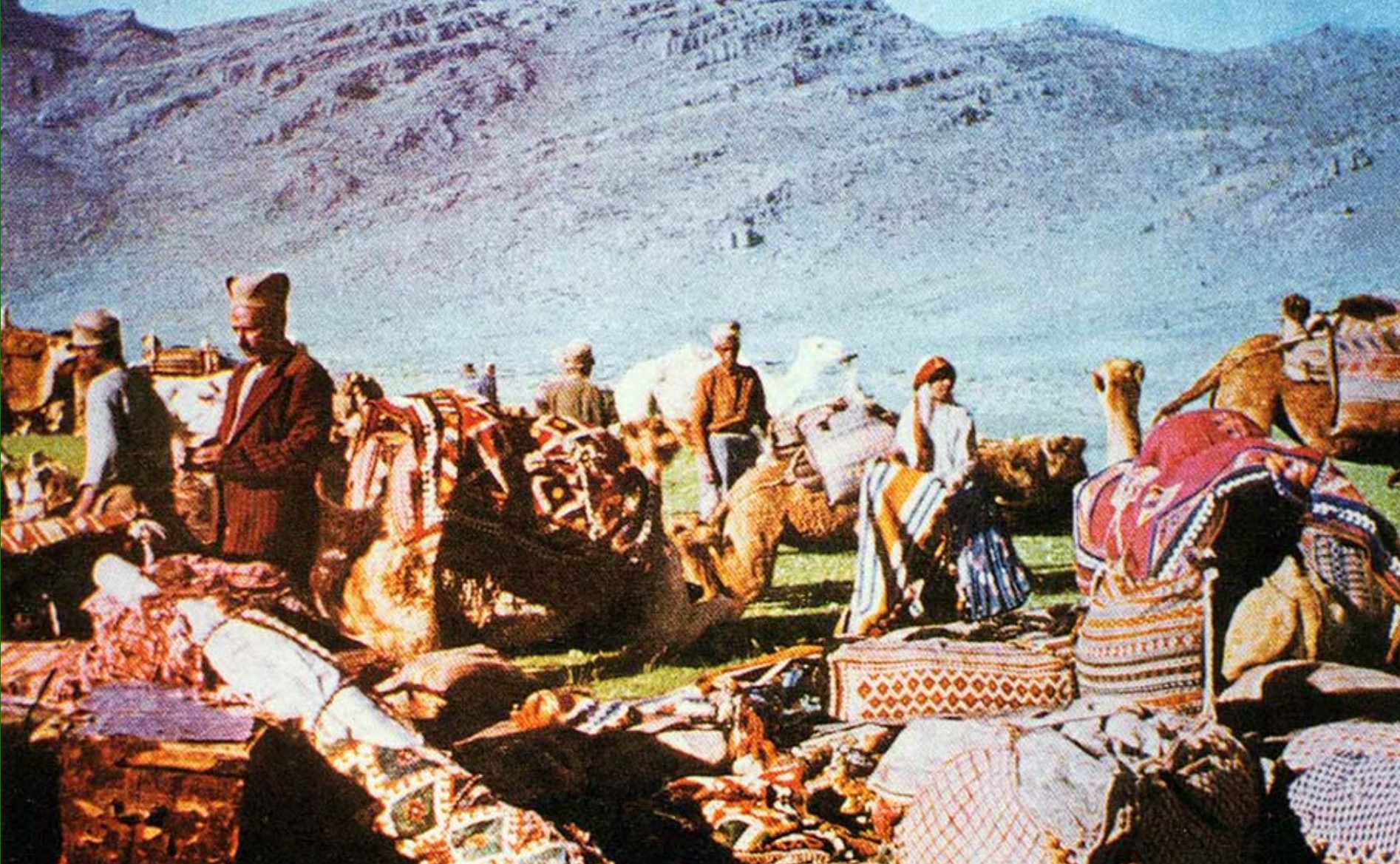|
Bayat E Turk
Bayat e Turk (Persian:بیات ترک) or Bayat e Zand (Persian:بیات زند) is a part of Dastgah-e Shur in Iranian traditional music. Some religious texts, like Adhan, are sung in this mode. Etymology The term "Turk" refers to the Turkic Qashqai people of Southern Iran, and does not refer to Turkmen People Turkmens ( tk, , , , ; historically "the Turkmen"), sometimes referred to as Turkmen Turks ( tk, , ), are a Turkic ethnic group native to Central Asia, living mainly in Turkmenistan, northern and northeastern regions of Iran and north-weste ... or Azeri People.This is thought to be because the folk songs of the Qashqai tribe are often sung in this manner. Branches This mode has some branches including: * Daramad e Avval (first preface) * Daramad Dovvom (second preface) * Daramad Sevvom (third preface) * Dogah * Ruholarwah * Jame daran * Mahdizarrabi * Zangooleh * Bastenegar * Naghme * Feili * Khosrawani * Haji Hassani * Mehrabani References {{Musical rad ... [...More Info...] [...Related Items...] OR: [Wikipedia] [Google] [Baidu] |
Persian Language
Persian (), also known by its endonym Farsi (, ', ), is a Western Iranian language belonging to the Iranian branch of the Indo-Iranian subdivision of the Indo-European languages. Persian is a pluricentric language predominantly spoken and used officially within Iran, Afghanistan, and Tajikistan in three mutually intelligible standard varieties, namely Iranian Persian (officially known as ''Persian''), Dari Persian (officially known as ''Dari'' since 1964) and Tajiki Persian (officially known as ''Tajik'' since 1999).Siddikzoda, S. "Tajik Language: Farsi or not Farsi?" in ''Media Insight Central Asia #27'', August 2002. It is also spoken natively in the Tajik variety by a significant population within Uzbekistan, as well as within other regions with a Persianate history in the cultural sphere of Greater Iran. It is written officially within Iran and Afghanistan in the Persian alphabet, a derivation of the Arabic script, and within Tajikistan in the Tajik alphabet, a der ... [...More Info...] [...Related Items...] OR: [Wikipedia] [Google] [Baidu] |
Iranian Traditional Music
Persian traditional music or Iranian traditional music, also known as Persian classical music or Iranian classical music, refers to the classical music of Iran (also known as ''Persia''). It consists of characteristics developed through the country's classical, medieval, and contemporary eras. It also influenced areas and regions that are considered part of Greater Iran. Due to the exchange of musical science throughout history, many of Iran's classical modes are related to those of its neighboring cultures. Iran's classical art music continues to function as a spiritual tool, as it has throughout history, and much less of a recreational activity. It belongs for the most part to the social elite, as opposed to the folkloric and popular music, in which the society as a whole participates. However, components of Iran's classical music have also been incorporated into folk and pop music compositions. History The history of musical development in Iran dates back thousands of yea ... [...More Info...] [...Related Items...] OR: [Wikipedia] [Google] [Baidu] |
Adhan
Adhan ( ar, أَذَان ; also variously transliterated as athan, adhane (in French), azan/azaan (in South Asia), adzan (in Southeast Asia), and ezan (in Turkish), among other languages) is the Islamic call to public prayer (salah) in a mosque recited by a muezzin at prescribed times of the day. Adhan is recited very loudly from the mosque five times a day on most days and all day long during the religious holidays of Eid al-Fitr and Eid al-Adha, traditionally from the minaret. It is the first call summoning Muslims to enter the mosque for obligatory (''fard'') prayer (''salah''). A second call, known as the ''iqamah'', summons those within the mosque to line up for the beginning of the prayers. Only in Turkey, Ezan is voiced in five different styles at different times; saba, uşşak, hicaz, rast, segah. Terminology Adhān, Arabic for "announcement", from root ''ʾadhina'' meaning "to listen, to hear, be informed about", is variously transliterated in different cultures ... [...More Info...] [...Related Items...] OR: [Wikipedia] [Google] [Baidu] |
Qashqai People
Qashqai people (pronounced ; fa, قشقایی) are a tribal confederation in Iran mostly of Turkic origin. They are also believed to have incorporated Lurs, Kurds, and Arabs. Almost all of them speak a Western Turkic (Oghuz) language known as the Qashqai language, which they call "Turki", as well as Persian (the national language of Iran) in formal use. The Qashqai mainly live in the provinces of Fars, Khuzestan, Kohgiluyeh and Boyer-Ahmad, Chaharmahal and Bakhtiari, Bushehr and Southern Isfahan, especially around the cities of Shiraz and Firuzabad in Fars. The majority of Qashqai people were originally nomadic pastoralists and some remain so today. The traditional nomadic Qashqai traveled with their flocks twice yearly between the summer highland pastures north of Shiraz roughly 480 km or 300 miles south and the winter pastures on lower (and warmer) lands near the Persian Gulf, to the southwest of Shiraz. The majority, however, have now become partially or wholly s ... [...More Info...] [...Related Items...] OR: [Wikipedia] [Google] [Baidu] |
Iran
Iran, officially the Islamic Republic of Iran, and also called Persia, is a country located in Western Asia. It is bordered by Iraq and Turkey to the west, by Azerbaijan and Armenia to the northwest, by the Caspian Sea and Turkmenistan to the north, by Afghanistan and Pakistan to the east, and by the Gulf of Oman and the Persian Gulf to the south. It covers an area of , making it the 17th-largest country. Iran has a population of 86 million, making it the 17th-most populous country in the world, and the second-largest in the Middle East. Its largest cities, in descending order, are the capital Tehran, Mashhad, Isfahan, Karaj, Shiraz, and Tabriz. The country is home to one of the world's oldest civilizations, beginning with the formation of the Elamite kingdoms in the fourth millennium BC. It was first unified by the Medes, an ancient Iranian people, in the seventh century BC, and reached its territorial height in the sixth century BC, when Cyrus the Great fo ... [...More Info...] [...Related Items...] OR: [Wikipedia] [Google] [Baidu] |
Turkmens
Turkmens ( tk, , , , ; historically "the Turkmen"), sometimes referred to as Turkmen Turks ( tk, , ), are a Turkic ethnic group native to Central Asia, living mainly in Turkmenistan, northern and northeastern regions of Iran and north-western Afghanistan. Sizeable groups of Turkmens are found also in Uzbekistan, Kazakhstan, and the North Caucasus ( Stavropol Krai). They speak the Turkmen language, which is classified as a part of the Eastern Oghuz branch of the Turkic languages. Examples of other Oghuz languages are Turkish, Azerbaijani, Qashqai, Gagauz, Khorasani, and Salar. In the early Middle ages, Turkmens called themselves Oghuz and in the Middle Ages they took the ethnonym Turkmen. These early Oghuz Turkmens moved westward from the Altai Mountains through the Siberian steppes, and settled in the region now known as Turkmenistan. Further westward migration of the Turkmen tribes from the territory of modern Turkmenistan and the rest of Central Asia started from ... [...More Info...] [...Related Items...] OR: [Wikipedia] [Google] [Baidu] |
Azeris
Azerbaijanis (; az, Azərbaycanlılar, ), Azeris ( az, Azərilər, ), or Azerbaijani Turks ( az, Azərbaycan Türkləri, ) are a Turkic people living mainly in northwestern Iran and the Republic of Azerbaijan. They are the second-most numerous ethnic group among the Turkic-speaking peoples after Turkish people and are predominantly Shia Muslims. They comprise the largest ethnic group in the Republic of Azerbaijan and the second-largest ethnic group in neighboring Iran and Georgia. They speak the Azerbaijani language, belonging to the Oghuz branch of the Turkic languages and carry a mixed heritage of Caucasian, "The Albanians in the eastern plain leading down to the Caspian Sea mixed with the Turkish population and eventually became Muslims." "...while the eastern Transcaucasian countryside was home to a very large Turkic-speaking Muslim population. The Russians referred to them as Tartars, but we now consider them Azerbaijanis, a distinct people with their own language and c ... [...More Info...] [...Related Items...] OR: [Wikipedia] [Google] [Baidu] |
Iranian Music
The music of Iran encompasses music that is produced by Iranian artists. In addition to the traditional folk and classical genres, it also includes pop and internationally celebrated styles such as jazz, rock, and hip hop. Iranian music influenced other cultures in West Asia, building up much of the musical terminology of the neighboring Turkic and Arabic cultures, and reached India through the 16th-century Persianate Mughal Empire, whose court promoted new musical forms by bringing Iranian musicians. History Earliest records Music in Iran, as evidenced by the "pre-Iranian" archaeological records of Elam, the oldest civilization in southwestern Iran, dates back thousands of years. Iran is the birthplace of the earliest complex instruments, which date back to the third millennium BC. A number of trumpets made of silver, gold, and copper were found in eastern Iran that are attributed to the Oxus civilization and date back between 2200 and 1750 BC. The use of both vertical and h ... [...More Info...] [...Related Items...] OR: [Wikipedia] [Google] [Baidu] |



.jpg)
